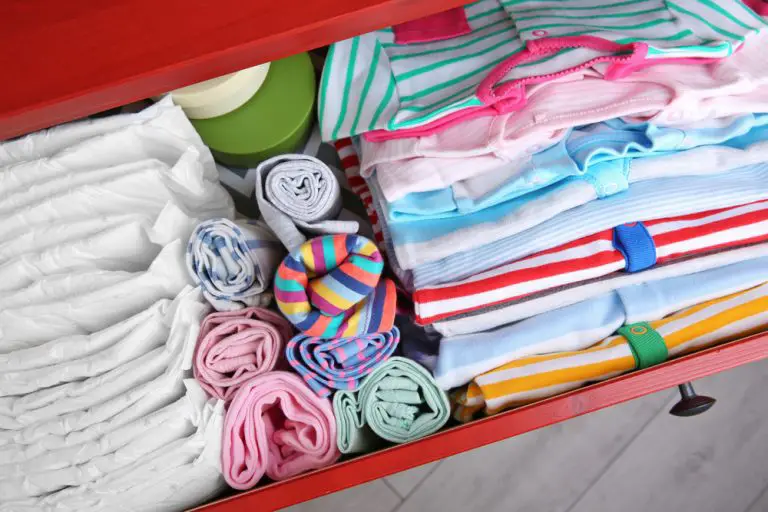Velour Fabric: Properties, Pricing & Sustainability (2024)
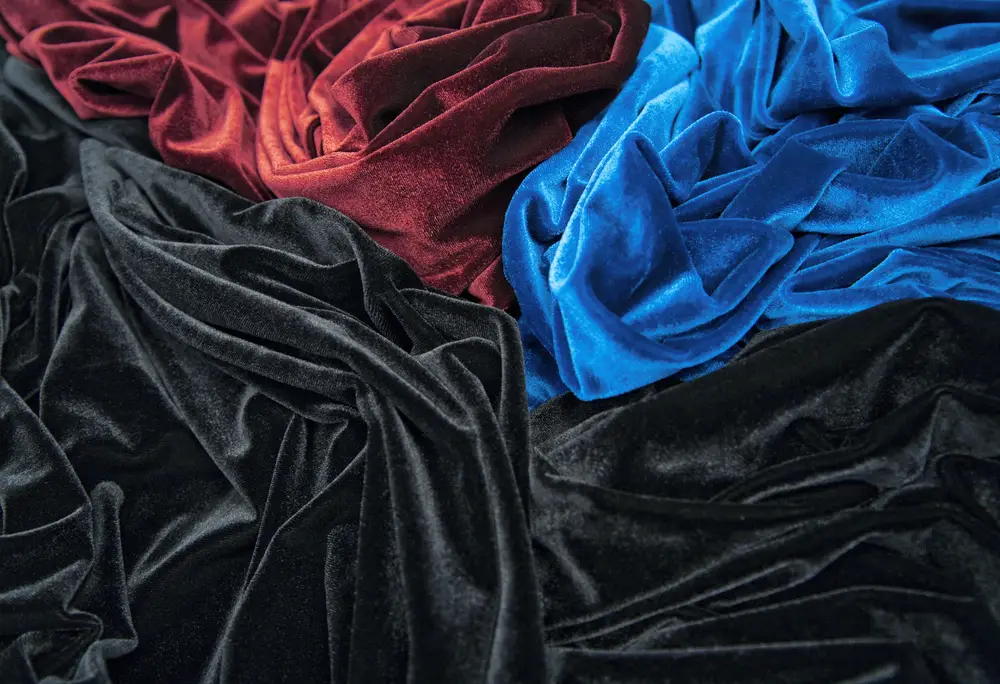
The exact origins of velour fabric are a bit murky; however, we know the fabric has been around since the mid 19th century and that it is a soft, plush textile similar to velvet. Velour is considered a less costly option than velvet and was/is a popular choice for upholstery.
Fabric Profile
Fabric Name: Velour
Synonyms: Velveteen, plush
Fiber Type: Synthetic, may have some natural components like cotton
Breathability: Moderately breathable
Absorbency: Varies on materials used
Characteristics: Soft, plush, moderately breathable, not prone to pilling
Washing Requirements: Best to wash in cold or cool water
Common Uses: Upholstery, bathrobes, jewelry cases, jackets, theatrical curtains, tracksuits, dresses, suits
Heat Press Temperature: Iron on low with a towel on top
- What is Velour?
- Types of Velour Fabric
- Velour Fabric Characteristics
- Downsides of Velour Fabric
- Common Uses of Velour Fabric
- Velour Fabric Pricing
- How is Velour Made?
- Where is Velour Manufactured?
- Velour Fabric Environmental Impact
- Velour Fabric Certifications
- History of Velour Fabric
- Velour Fabric Alternatives
What is Velour Fabric?
Velour is a pile knit fabric that is similar to velvet that is slightly less plush but, in turn, more durable. Velour came about in the mid 19th century as an alternative to the more expensive velvet however did not see mainstream manufacturing until the 20th century.
Initially, velour cloth was made from cotton; however, modern velour fabric is usually made from polyester. Polyester is a textile that is made from coal and petroleum and uses several toxic chemicals in the manufacturing process.
Pile fabrics are defined by the loose loops fibers or yarns that stand up from the fabric base. Pile knit fabrics are textiles that are knit together as opposed to woven. Terry, chenille, and velvet are other types of pile fabric.
Velour was used initially to make upholstery and became quite popular for stage curtains. Other common uses for velour are bathrobes, curtains, jewelry boxes, tracksuits, and dresses.
Velour vs. Velvet vs. Suede
Velour was designed to replicate velvet but is, in fact, quite a different fabric. Velvet is made from wool, whereas velour is manufactured from cotton or polyester.
Velvet is most commonly used to make clothing like dresses and suits, whereas velour is more commonly used for upholstery curtains, although you can use it to make dresses and tracksuits.
Another difference between velvet and velour is that velvet is an ancient fabric that has been around since roughly 2000 BC, and velour is a more modern fabric and was invented around 1840.
On the other hand, Suede is an entirely different style of textile that is made from animal skin, traditionally cow. Suede is brushed to have a soft, velvety nap, so it is often compared to velvet and velour. Suede is commonly used in manufacturing bags, outerwear, boots, and purses.
Velvet is the top choice of consumers who do not wish to use animal products or synthetics. However, velour fabric prices are less expensive than either suede or velvet.
Types of Velour
While velour is usually made from cotton or synthetically from polyester, there are other types of velour manufactured from other materials. Different types of velour include cotton velour, synthetic velour, velour leather, velveteen, and duvetyne. In the following sections, we will go over the various velour textiles.
Cotton Velour
Cotton velour is the original velour material invented sometime around 1840 in France. Cotton velour came about as an alternative to the more expensive velvet as well as an alternative to silk.
Cotton velour was mainly used for drapes and stage curtains and typically weighs 16 ounces per yard to 32 ounces per yard. Cotton velour is also commonly used in vacuum cleaners to help trap debris.
Today cotton velour is often used to make clothing other apparel like hoodies, tracksuits, and dresses. 100% velour is also used to make blankets, pillows, and home decor.
Synthetic Velour
Syhtentic velour is the more commonly produced type in modern days and is made from polyester. Like other synthetic fabrics, synthetic velour is cheaper to manufacture than cotton velour.
Synthetic velour has become the primary type of velour used for stage curtains, mainly because manufacturers can treat it with flame retardants making it safer for use in theaters.
The synthetic velour color and look are the same as cotton velour; however, synthetic velour fabric texture is not quite as smooth as cotton.
Synthetic velour can be used to make all the same things as cotton velour, including clothing, upholstery, curtains, home decor, and bedding.
Velour Leather
Velour leather is similar to suede and is made from the hide of animals. Velour leather is tanned like other types of leather; manufacturers use chromium to create this delicate leather style. Velour leather has a silky, smooth texture and is known for being incredibly smooth to the touch.
The most common uses for velour leather are watch bands, shoes, jackets, and upholstery. Velour leather costs roughly the same as other leather products and, in fact, is often cheaper than some luxury leather and suede products.
Velveteen
Velveteen, like velour, was originally made using cotton instead of wool and silk like velvet, so it was cheaper for consumers to purchase. Velveteen is made using a similar process to velvet, so the textiles used to make it so much less expensive rather than the manufacturing procedure.
In some instances, velveteen is made using a blend of cotton and silk. Velveteen has a shorter pile than velour or velvet; however, it is still soft and plush to the touch. Velveteen is thicker in body and weight than velvet and doesn’t drape as well.
The term velveteen is probably most well known from the famous children’s story The Velveteen Rabbit by Margaery Williams.
Duvetyne
Duvetyne is a velvet-like fabric with a soft, velvety nap, but only on one side. Duvetyne can be made from cotton or wool.
Duvetyne has an opaque matte surface, which makes it ideal for blocking light; as a result, it is commonly used for theater curtains. It is also commonly used in the film industry to make costumes such as dresses, suits, and coats.
Like synthetic velour, it can be treated with fire retardants and is commonly used to scenery, curtains, and control excess lighting. Another name for duvetyne in the film industry is “commando cloth.”
Velour Fabric Characteristics
Some characteristics of velour fabric include that it is soft, durable, thick, moderately breathable, and warm. Velour fabric qualities will vary slightly depending on what fabric they are made from.
Cotton velour fabric is the softest to the touch and tends to be the least durable. However, all types of velour are durable, and it has a high abrasion resistance making them ideal for upholstery and curtains.
Most velour has a soft nap on both sides; however, duvetyne and some styles of velour leather may only be napped on one side.
Most velour is somewhat stretchy, making it a good choice for clothing such as tops, leggings, tracksuits, and dresses. Velour is also opaque and has a soft luster to the color, and typically isn’t prone to fading.
Velour fabrics are usually knit fabrics, but manufacturers may choose to weave the fabric in some cases.
Downsides of Velour Fabric
One of the most significant disadvantages is velour fabric’s durability. Over time, velour fabric quality can diminish and wear down. Other downsides of velour include that it can pill and snag, and it has a tendency to fray and curl around the edges.
Curled and frayed edges are a considerable disadvantage when working with the fabric for sewing projects as it can present a challenge in matching edges properly. Even when sewed properly, velour is still prone to fraying over time.
Another major downside of velour is that it is prone to shrinking; therefore, velour clothing isn’t ideal for items worn repeatedly. Velour is commonly used for upholstery, so an unfortunate downside is that it tends to collect and hold onto dust.
Cleaning velour furniture is often an arduous process that requires water, soap, and a fabric brush. Delicate velour clothing may require hand washing or dry cleaning.
Common Uses of Velour Fabric
Velour fabric’s properties make it a popular choice for upholstery, pillows, curtains, and other decorative home homes. In addition, velour is an excellent choice for cozy, soft blankets and bedding.
Velour is also often used to make dresses, dress coats, skirts, tops, tracksuits, pants, bathrobes, slippers, and hoodies. It made a splash on the fashion scene in the 60s and 70s when it became a popular choice for musicians.
Then, in the 90s, sports brands began using the fabric to make tracksuits and hoodies, which is still one of the most common uses in clothing.
Velour is also used to create costume and dress-up pieces such as gloves, hats, dresses, and even Santa suits!
One of the velour’s most common uses is theatrical curtains and film for curtains, backdrops, scenery, and costumes. However, velour has other industrial uses and is often used in vacuum cleaners, car carpeting, and the lining of jewelry and hat boxes.
Velour Fabric in Cloth Diapers
Velour fabric may not be the first fabric that comes to mind when it comes to cloth diapering, but it is, in fact, quite commonly used in a pocket, all-in-one, and hybrid cloth diapers.
Velour is not overly absorbent, but it is a soft, plush fabric that is gentle and soft on your baby’s skin. Cotton velour is often used as the inner layer of all-in-one or pocket diapers, while the other layer will be a waterproof PUL layer.
Velour diapers are more difficult to find as other fabrics such as microfiber and microfleece have risen in popularity; however, many independent sellers, like those found on Etsy, manufacture and make them.
Parents may also be able to find velour cloth diapers in second-hand shops or cloth diaper forums.
One small cloth diapering business, Nicki’s Diapers sells the Sloomb Happy Little Clouds velour fitted diaper for $34 apiece in sizes 1 and 2.
Velour Fabric Pricing
Velour is a relatively inexpensive fabric, and on average, velour fabric by the yard is less than $7. In addition, many velour fabric colors and prints are widely available. High-quality velour may cost as much as $15 to $20 per yard.
Another variant in velour fabric pricing is the material used to make the textile. For example, cotton velour typically costs much more than synthetic velour, and organic cotton velour costs slightly more.
Cotton velour averages $10 to $15 per yard, and organic cotton velour costs around $25 per yard.
The velour fabric’s weight and width may slightly affect the price, but it is not as much a factor as the textile.
Even though the range for velour can vary widely, it is much less expensive than velvet which starts around $15 per yard and ranges upward to $30 or more a yard.
How is Velour Fabric Made?
The first step in making velour is to gather the initial material; cotton or polyester. Cotton is a natural fiber that needs to be grown, gathered, and cleaned. Polyester is a synthetic fiber made from petroleum and chemicals spun into thin, plastic threads. Once the manufacturer has procured the preferred textile, the yarn needs to be woven or knit into swaths of fabric.
Velvet is manufactured using the pile knit process. Pile knit is achieved by knitting two different base fabrics onto the needles and then joining the two together in an overlapping movement. The pile knit process is somewhat lengthy. Velour is made similarly to velvet, but it costs more since velvet is manufactured from silk.
After the velour has been woven, the fabric will go through post-production treatments such as dying or the adding of flame retardants. It is possible to dye velour before weaving, but it is much easier to color the fabric post-weaving.
Where is Velour Fabric Made?
Velour originated in France around 1840. On the other hand, Velvet has been around for quite some time and originated somewhere in the Middle East or China. Velour is the French word for velvet, and some of the world’s velour is still manufactured in France.
Traditionally, velour was made from cotton. India is the largest cotton producer globally and manufactures significant amounts of velour annually; however, China produces and exports the most finished cotton and synthetic textiles. Shaoxing textiles in China is one of the world’s largest fabric producers, and they also manufacture large quantities of velvet and velour.
Another significant manufacturer of velour, specifically for upholstery and curtains, is Tongxiang Zhuoyi Textile Co.
Other countries that produce significant quantities of velour are Brazil, Turkey, and Germany.
One of the primary uses of velour is theatrical curtains, and Chicago Canvas and Supply is one of the United State’s largest producers of medium and heavyweight flame-retardant velour.
Velour Fabric Environmental Impact
Organic cotton velour and even velour made from non-organic cotton have much less of an impact on the environment than synthetic velour made from polyester. Unfortunately, the majority of velour made today is synthetic. In addition, synthetic velour is not biodegradable, adding to the fabric’s negative impact on the planet.
The upside is that velour is not as mass-produced as other synthetic textiles. Hence, while it is a synthetic fiber that contributes to water, air, and land pollution, its impact is not as significant as other polyester materials.
Polyester contributes widely to microfiber water pollution; however, velour is commonly used for upholstery, pillows, and stage curtains, which are not washed frequently and therefore don’t cause much additional pollution.
While cotton velour contributes fewer chemicals and toxins into the environment, non-organic cotton needs massive amounts of water to grow and produce, contributing heavily to soil erosion.
Velour Fabric Certifications
The certifications that velour fabric manufacturers seek out will entirely depend on the fabric’s intended use. For example, manufacturers who produce velour for stage curtains, film use, or scenery may seek certifications verifying their fabrics are treated with flame retardants. These types of certifications usually contain approvals from fire marshalls.
Not all velour is treated with flame retardants, so consumers should check directly with the manufacturer before purchasing if this is a need.
American manufactured cotton velour can apply for certification from the USDA and the European Commission for organic certification.
Manufacturers who used recycled plastics to create synthetic velour may apply for the Global Recycled Standard (GRS). In addition, regardless of origin, velour made from organic cotton may be able to receive certification for Global Organic Textile Standard (GOTS). Finally, 100% synthetic velour manufacturers can apply for the International Organization for Standardizing (ISO) certification.
History of Velour Fabric
Velour is a relatively new fabric that popped up sometime around 1840 in France. Velour was invented to replace the expensive cost of velvet and provide a mainstream, cost-effective fabric for the everyday consumer.
From its introduction on the market until the 1960s, velour was primarily used for upholstery and curtains, specifically for theatrical curtains.
In the late 1960s and 70s, designers began using velour in clothing as the “anti-fashion” of fine-tailored suits considered trendy and desirable. In addition, many musicians and performers began wearing velour on stage, and as a result, it became more fashionable to wear.
Using velour in fashion continued when sportswear manufacturers began using it to create designer tracksuits.
While not out of fashion, the use of velour in clothing and upholstery waxes and wanes but it has never gone entirely out of style since the 1970s.
Velour Fabric Alternatives
The most natural alternative to velour, particularly when it comes to texture and softness, is, of course, velvet. However, velour was invited as a less costly version of velour, so it really depends on how much you’re willing to spend and what you plan to use the fabric for.
Microfiber and microfleece are also alternatives to velour, specifically when used in cloth diapering. Velour has the advantage over microfiber because it is softer and can go directly against your baby’s skin.
Different types of velour are alternatives to themselves. For example, people who prefer organic or natural textiles will probably opt for cotton velour, whereas individuals who are more concerned about cost will likely choose synthetic velour.
Satin and silk can also be considered alternatives to velour, especially for use in home textiles such as bedding, curtains, pillows, and clothing like dresses, suits, tops, and skirts.
FAQ
What is velour fabric?
Velour fabric is a plush, soft fabric traditionally made from cotton designed as a less pricey option to velvet.
Is velour fabric breathable?
Velour fabric is not remarkably breathable; however, it does have some breathability. Velour is a thick, heavy fabric.
Is velour fabric machine washable?
In most cases, velour is machine washable. However, there may be some items that require hand washing or dry cleaning.
Is velour fabric hard-wearing?
Velour is not a very hearty or durable fabric, and it tends to wear down easily. It is also prone to fraying and snagging.
What is the difference between velour vs. velvet?
Velour is made from cotton or polyester, whereas velvet is made from wool with silk layering on top.
What is the difference between velour vs. suede?
Velour is either made from cotton or polyester. On the other hand, Suede is made from the hide of animals and brushed to have a soft velvet nap.
What is the difference between velour vs. leather?
Leather is made from animal hides that have been tanned and treated. Velour is a woven fabric manufactured from cotton or polyester fibers.
What is the difference between velour vs. fleece?
Fleece is a synthetic polyester fabric made to replicate wool. Velour is also synthetic and often made from polyester, but it is made to replicate velvet.
What is the difference between velour vs. terry cloth?
Velour and terry cloth can both be made from cotton; however, velour is a soft, plush woven fabric and terry cloth is a looped fabric usually used to make towels and cleaning cloths.
What is the difference between velour vs. cotton?
Velour was traditionally made from cotton; however, it replicated velvet. Traditional cotton is soft, but it does not have a plush nap.

Laurel Davidson
Laurel brings her passion for parenting and years of problem-solving experiences to ParentingMode. She is the editor of ParentingMode, ensuring that the content is relevant and valuable to the readers. Laurel received her master’s degree in public administration with a certificate in economic development. She is a stay-at-home mom, raising two adorable kiddos, Aurora and Thomas. Laurel enjoys sharing her experience as a parent, traveling, and good food.

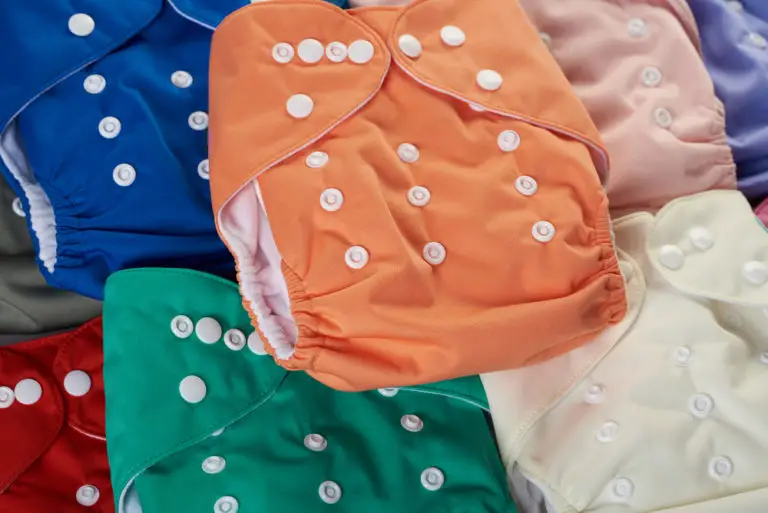
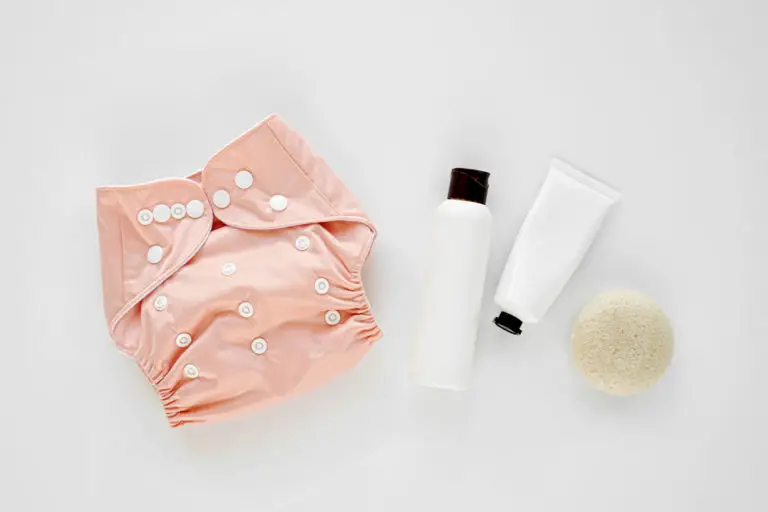
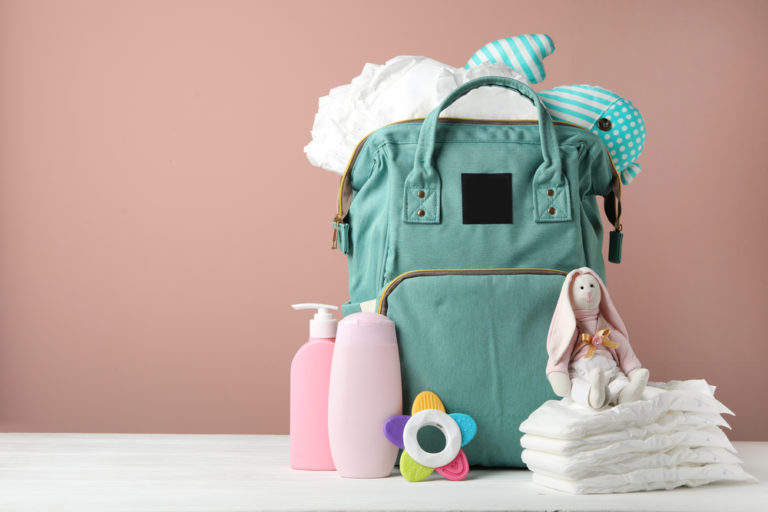
![10 Best Diapers for Toddlers in 2024 [That Don’t Leak]](https://parentingmode.com/wp-content/uploads/2022/06/Depositphotos_23813005_S-768x513.jpg)

